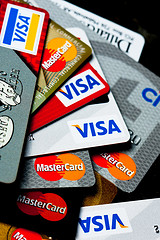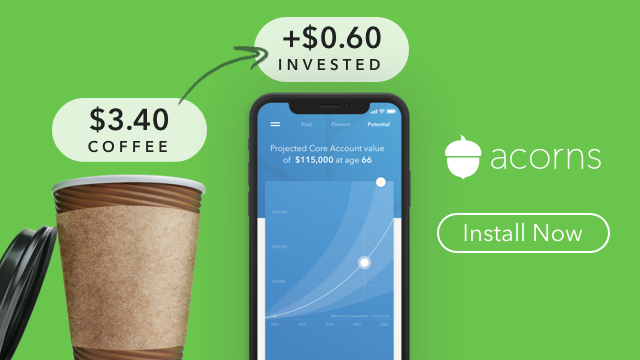Your DIY Debt Repayment Kit To Manage Credit Card Debt
Manage Credit Card Debt While It Is Still Manageable
With the ailing economy, many Americans cannot help but be infected by the credit card debt plague. If your credit card debt is still under control, protect yourself from this crippling financial malady by observing good spending habits and always making a point to pay your credit card balance in full, or at least substantially more than the minimum due and on time. However, if your finances are already under the weather, heed the following prescription on how to manage credit card debt and be totally free from such financial obligation.
Plan Your Own Debt Repayment Plan To Manage Credit Card Debt
By formulating your own debt repayment plan, you can chart your road map to financial recovery. Paying only the monthly minimum dues will not take you anywhere. The following will guide you on how to make this plan.
1. Organize financial information and get a clear picture of your financial standing. Know how much you are earning each month and how much balance you owe per credit card account, the interest rate and current minimum payments you are paying (or miss paying). Tally these figures.
2. Analyze your debts and determine how to pay for them.
Let us use an example to clearly illustrate how the schedule can be done.
Let’s say that after sorting your finances, you have determined your monthly income to be $4,000. Let us assume that you have three credit card accounts with the following balance, and minimum monthly dues, respectively:
Visa $ 800 $80
MasterCard 2,000 40
American Express 2,000 80
Total 4,800 200
In this illustration, you owe more than your monthly income. If this is your actual situation, do not worry, you can still eliminate your debts fully.
3. Determine the amount you can spare to pay for the debts. Again this should be more than the total minimum dues of the accounts. Let’s assume that after resolving to avoid unnecessary expenses, you can allocate $400 per month for your debt repayment plan.
4. Spread the determined amount to each of the account. To determine how to distribute this amount to your three creditors, you need to compute for the Balance-to-Minimum Amount Ratio. This is calculated by dividing the total balance of the account by the minimum amount due each month. So the ratio for the three accounts in the example are 10 for Visa, 50 for MasterCard and 25 for American Express.
The account with the lowest Balance-to-Minimum Due ratio, in this case Visa, will be the debt that you focus in paying off first, while paying the minimum dues of the other debts. Earlier we assumed that you can set aside $400 to pay for your credit card debts, but the total amount to cover for your minimum dues is only $200. So you allocate $40 for MasterCard, $80 for American Express and allocate the remaining $280 to Visa.
The next month, you repeat the same process paying the minimum dues for MasterCard and American Express, while paying more for Visa. However, you will notice that this time your balance for Visa is now only $520 (plus interest), and the minimum amount due would have a corresponding fall of only $52, while the balances of the other two remain the same (plus interest). So on the third month, you again repeat the procedure and allocate a total of $120 for the minimum dues of the two accounts while the remaining $280 to Visa. This leaves you a Visa Balance of $240 (plus interest) on the fourth month. By the fifth month, you can already pay off your Visa balance. You can then focus on the next debt with the lowest Balance-to-Minimum Due Ratio, allocate the amount which used to be for Visa and apply the same principle until all your debts have been settled.
 Follow
Follow

